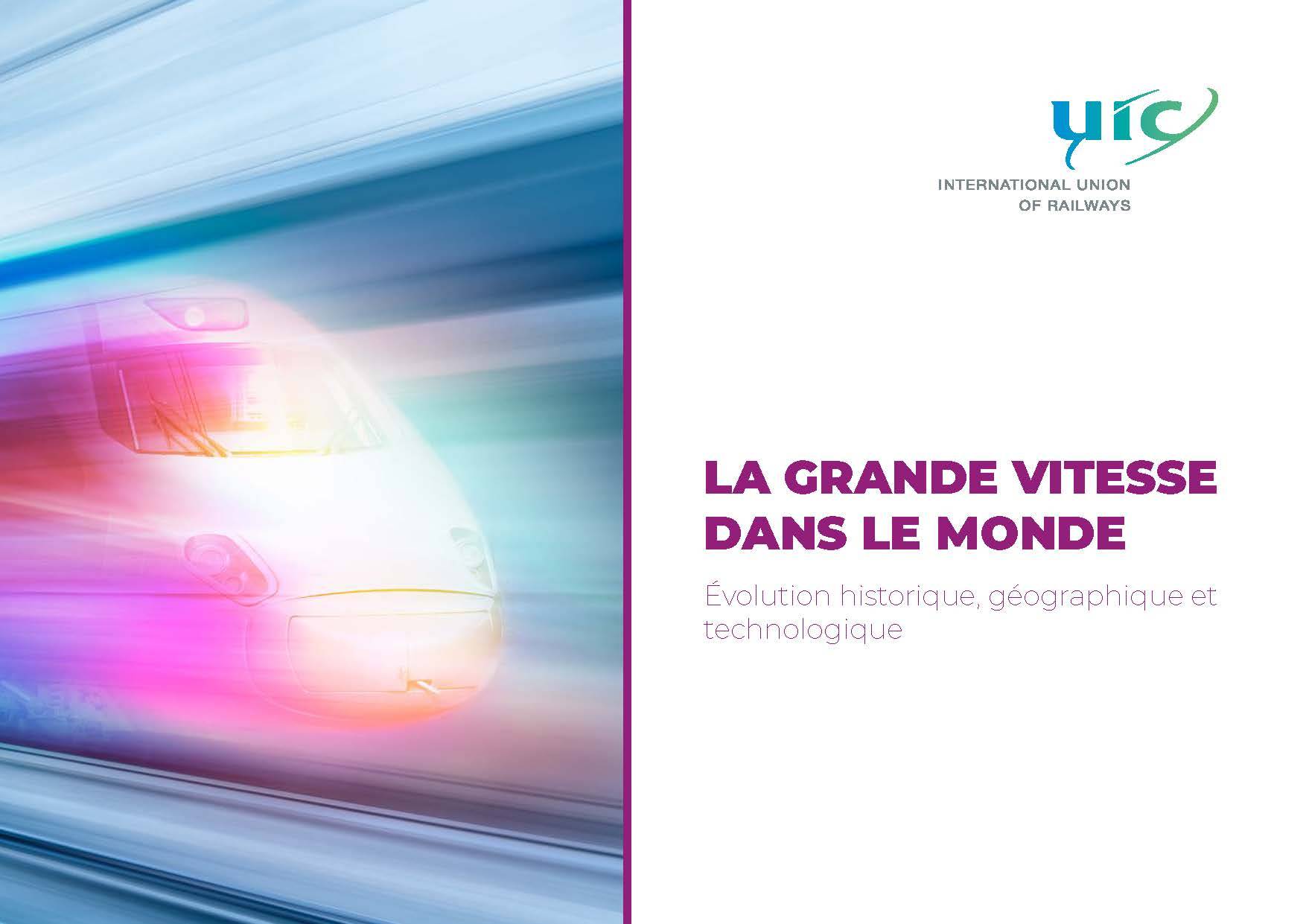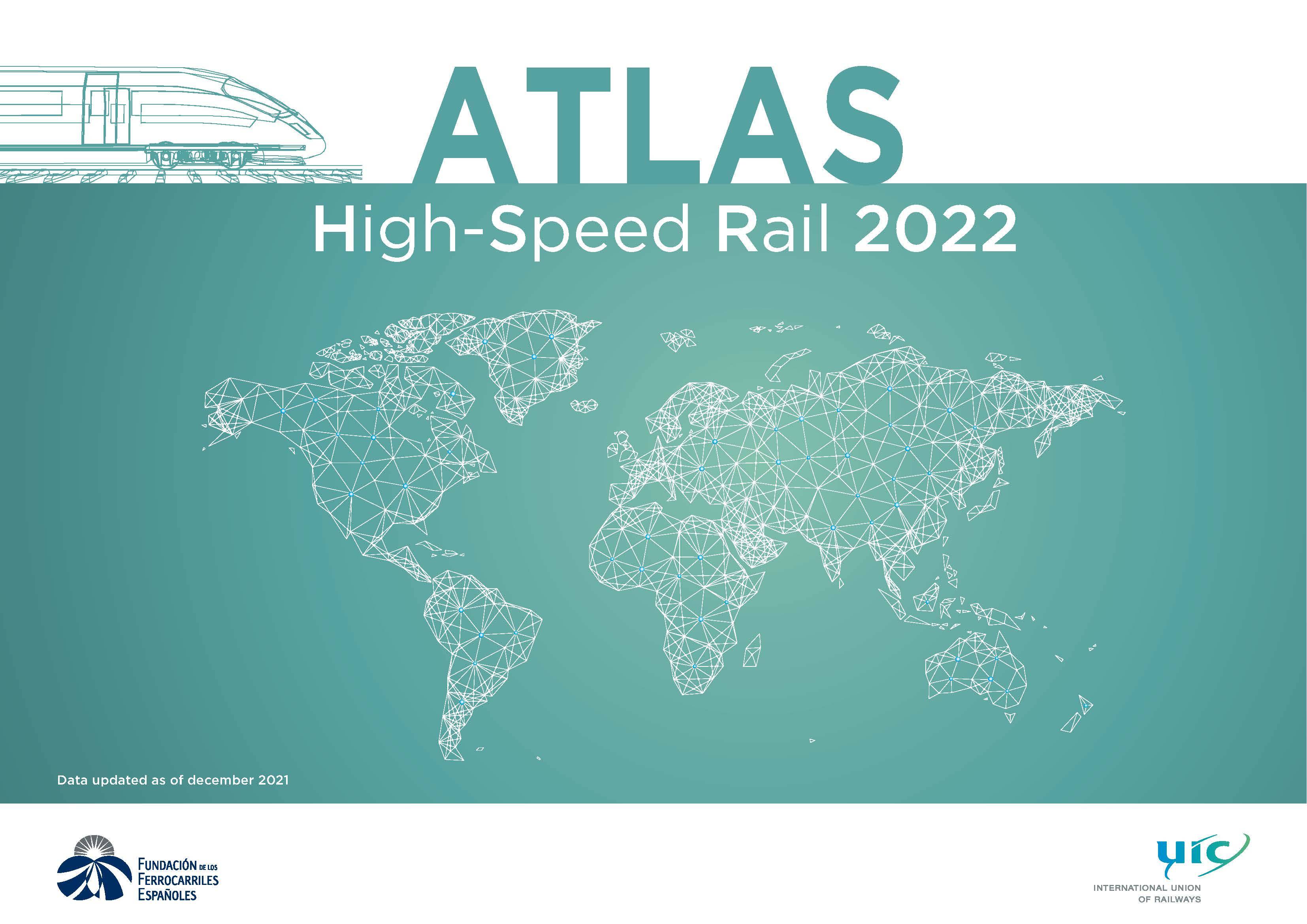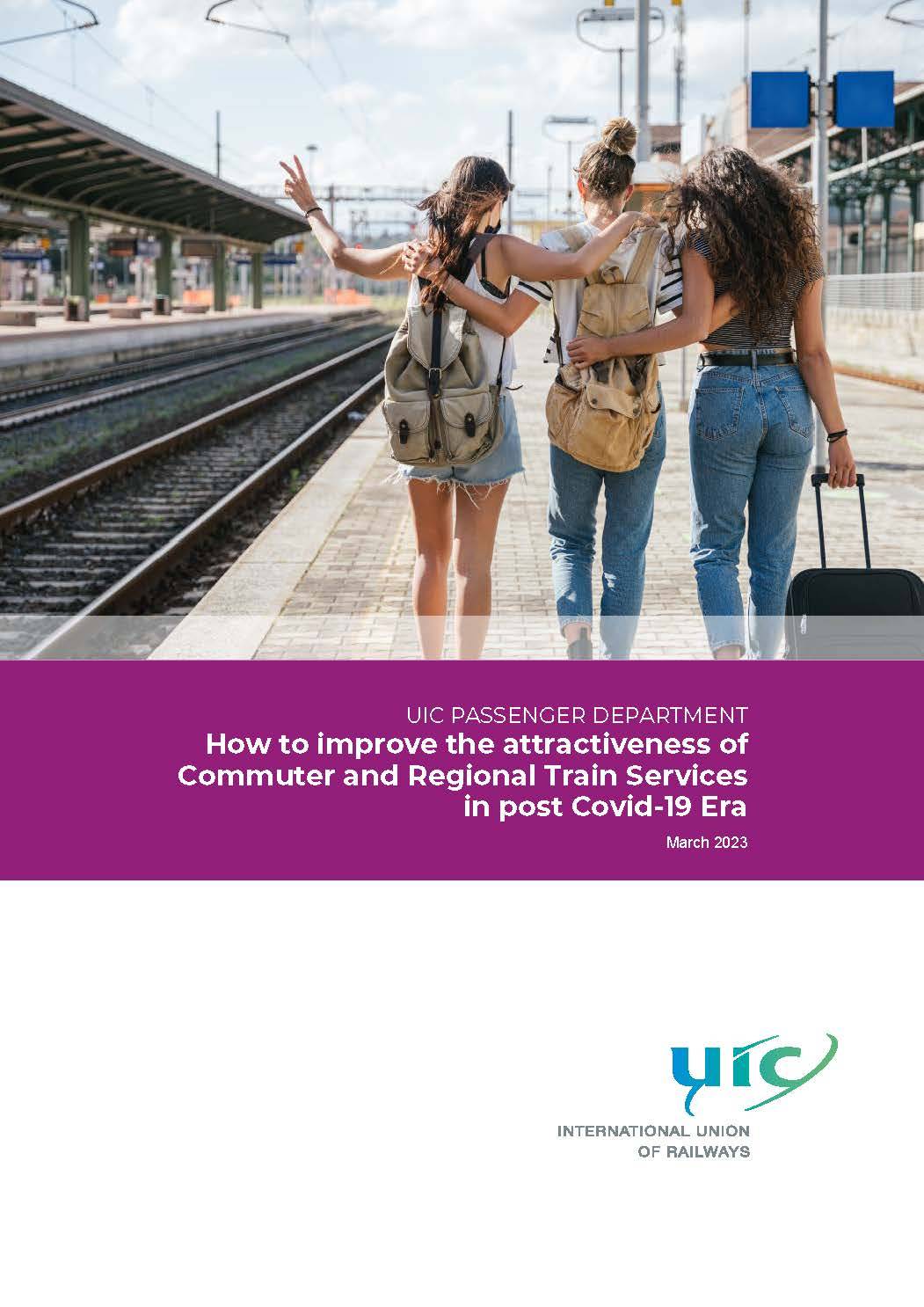Dangerous goods
- Ensure your operations are compliant with the RID regulation
- Be updated with the recent evolvement of dangerous goods carriage
- Streamline safe dangerous goods carriage and be prepared for any en-route or marshalling yard emergencies
Rail Event - Fit for Freight Dangerous Goods, 10/2022, Paris
RID 2025 corrigendum NHM
Carriage of Dangerous Goods – Working Group
Carriage of dangerous goods requires strict legislative compliance for safe cargo transport.
You may achieve this compliance by partaking in this workgroup which monitors the latest legislation development and advocates the railways position within it.
The international transport of dangerous goods is subject to strict rules. In Europe, and many other countries in North Africa, the Middle East and Central Asia, the rules are called RID and are made by OTIF, which is an intergovernmental organisation.
RID sets out the obligations for carriers. Before the acceptance of dangerous goods, the carrier has to execute inspections to ensure their safe carriage. When the carrier follows the IRS on inspections, the inspections are RID-compliant (RID 1.4.2.2.1.).
In addition, UIC has defined a best-practice guide for internal emergency planning for marshalling yards. This guide is also referenced in RID. All carriers and infrastructure managers can use the UIC solutions to:
- Make sure that the safety obligations required for carriers and infrastructure managers are in accordance with RID legislation.
- Ensure that railway interests (both from infrastructure and carrier perspective) are properly considered in the constant modernisation of RID and EU regulations, through representation at OTIF, UNECE and EU level.
Each UIC member has a direct link to the latest developments in incoming legislation and has a say in the improvement of legislation with regards to the international carriage of dangerous goods.
Dangerous goods transport
UIC represents your interests in the competent international authorities. You can actively influence that position by participating in the group. The group also maintains the International Railway Solution on inspections that need to be carried out before the acceptance of a dangerous goods consignment. By using that IRS, your company is RID-compliant (RID 1.4.2.2.1.). Thirdly, the expert group maintains the best-practice guide for internal emergency planning for marshalling yards. This guide is also referenced in RID.
“Dangerous goods refers to substances and articles in respect of which carriage is prohibited by the RID or authorised only under the conditions prescribed therein” (RID 2019, Chapter 1.2 - Definitions).
Specific regulations are in place in relation to the transport and storage of dangerous goods, as well as employee, consumer, and environmental protection, in order to prevent accidents during carriage of such goods. The United Nations has led efforts to standardise the transport modes, communication tools and criteria for classification of hazards used when transporting dangerous goods with a view to achieving consistency between the various regulations to the greatest extent possible.
“Transport of dangerous goods is regulated in order to prevent, as far as possible, accidents to persons or property and damage to the environment, the means of transport employed or to other goods. At the same time, regulations should be framed so as not to impede the movement of such goods, other than those too dangerous to be accepted for transport. With this exception, the aim of the regulations is to make transport feasible by eliminating risks or reducing them to a minimum. It is therefore a matter of safety as well as of facilitating transport.” (UN Model Regulations, UN Recommendations on the Transport of Dangerous Goods - Model Regulations, Twentieth revised edition, 2017, Principles underlying the regulation of the transport of dangerous goods, 4.)
Table 3.2.A of the RID provides a comprehensive delineation of substances authorised for transport and the conditions in which transport must be performed (UN code, technical name of the substance, packaging, labelling, carriage document, information to be provided, etc.), as well as stakeholders’ safety obligations.
Table 3.2.B is provided for information purposes and indicates, with varying levels of detail, the NHM codes corresponding to goods identified by UN code.
Links to public documentation OTIF-UNECE-ERA
OTIF - Intergovernmental Organisation for International Carriage by Rail (RID)
RID Committee of experts – Working groups.
http://otif.org/en/?page_id=112
ERA - European Union Agency for Railways / Workshops on Risk Management in the
context of rail, road and inland waterways Transport of Dangerous Goods.
http://www.era.europa.eu/Core-Activities/Safety/International-Relations/Pages/Transport-Of-Dangerous-Goods.aspx
GCU - General Contract of Use for Wagons.
https://gcubureau.org
UNECE - RID/ADR/ADN Joint Meeting - United Nations Economic Commission for
Europe.
http://www.unece.org/trans/danger/danger.html
CIT – International rail Transport Committee.
http://www.cit-rail.org/en/
Carrier’s obligations prior to accepting goods for carriage
These obligations are defined in the RID, paragraph 1.4.2.2.1. The provisions of this paragraph are considered to be met if UIC IRS 40471-3 (Leaflet 471-3), point 5 (Inspections of dangerous goods consignments) is applied.
Infrastructure manager’s obligations
Acceptance of the goods and their carriage are the responsibility of the railway undertaking. The infrastructure manager, however, has a role to play, especially in the event of an incident or accident, because he is responsible for security on the network.
Chapter 1.4 of the RID handles the obligations of the various parties in the transport chain. The infrastructure manager’s (IM) obligations are defined in point 1.4.3.6. These obligations essentially concern emergency planning and the provision of information. These obligations are organised consistently with the arrangements provided for by the rules and regulations pertaining to operational safety in general.
European and international rules governing the carriage of dangerous goods
These are defined by the Regulations concerning the International Carriage of Dangerous Goods by Rail (RID). This document is Appendix C to the COTIF. In application of European Directive 2008/68/EC, compliance with this document is mandatory for all carriage within the European Union.
Developments in European and international rules
Rules and regulations are updated on an ongoing basis in order to take account of experience and of new types of goods arriving on the market. The harmonisation of rules between various modes of transport is increasingly important, with international trade and multimodal and intermodal transport all growing.
Work to amend the various regulatory texts takes place within intergovernmental, European and international bodies. UIC participates in this work with the status of a non-governmental organisation. UIC may submit proposals and make observations concerning the proposed amendments through the UIC RID Group of Experts by:
- Preparing in advance the proposals it puts forward and the positions it adopts
- Discussing the conditions of application of the regulations in force
- Sharing experience and useful information
- Managing UIC IRS 40471-3 (UIC Leaflet 471-3) and IRS 20201 (UIC Leaflet 201)
Other organisations have the same status: UIP, CER, CEFIC, AEGPL, FIATA, etc.
The proposed amendments and documents used for this work are public, as are the minutes of meetings and the decisions taken. They may be consulted on the websites listed above.
UIC involvement in developing rules
UIC is officially represented in the bodies concerned. The proposals it puts forward and the positions it adopts are prepared in advance by the UIC RID Group of Experts. These experts discuss the conditions of application of the regulations in force. They share experience and useful information. When the issues concerned are European Union prerogatives, the UIC positions are established jointly with the Community of European Railways (CER).
The UIC RID Group of Experts also addresses specific issues previously dealt with by the Dangerous goods coordination group (GSMD), such as security, telematics application, risks assessment, management of UIC IRS 20201 (Leaflet 201) and attends on behalf of UIC, thematic working groups set up within the railway sector as well as by European or international intergovernmental bodies. UIC also participates in coordination activities organized jointly since 2018 by DG MOVE (European Commission) and OTIF (Intergovernmental Organization for International Carriage by Rail).
UIC Contact
For any further information please contact: Joost Overdijkink
Freight news
Freight Projects
Freight events
Publications

Meilleure pratique pour l’évaluation des risques aux passages à niveau

PROACTIVE Pre-Incident Public Information Materials for CBRNe Incidents

La grande vitesse dans le monde - Évolution historique, géographique et technologique

Atlas High-Speed Rail 2022 - A3

HIGH-SPEED RAIL, the right speed for our planet - Key Messages (11th UIC HS Congress)




